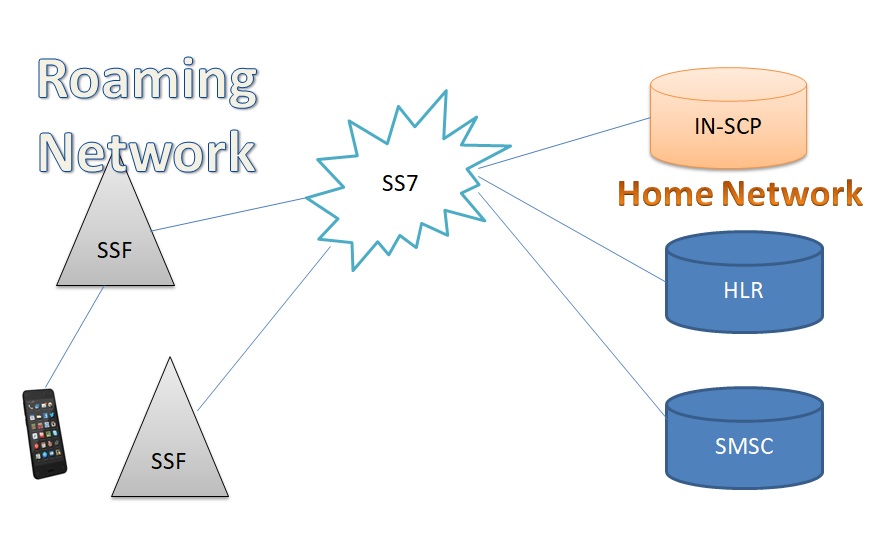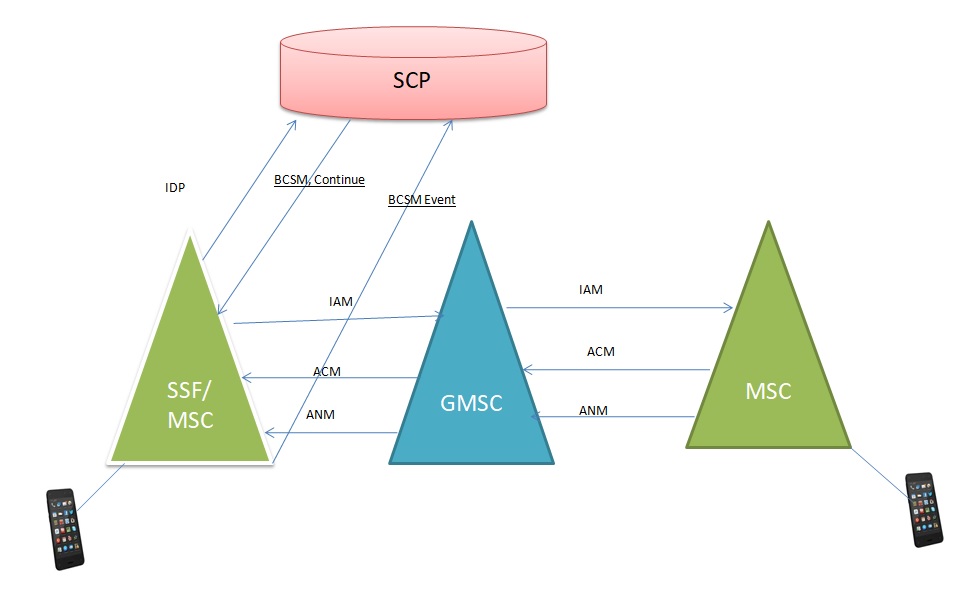INAP and CAMEL Protocol Tutorial
INAP and CAMEL protocols belong to the SS7 protocol family. These are application layer protocols. INAP is an intelligent network application protocol. INAP is a broad term. For PSTN, INCS1 and INCS2 standards were developed for INAP. CAMEL protocol standard is developed for mobile networks. Both use SS7 as base transport. Camel and INAP use the services of the TCAP layer. INAP and Camel tutorial will describe the concepts of Intelligent networks and call flows for Camel. A mobile operator uses Camel Gateway software to provide services.
Difference between INAP and Camel:
We are mentioning INAP and Camel protocol together in a single tutorial. Both almost serve the same purpose. But there are differences too. Here we will describe the top-level difference. INAP was developed for a fixed-line network. Camel was an enhancement for the mobile network.
Camel protocol stack:
Like any other protocol, the Camel also has its own protocol stack. Camel is an example of an application layer protocol. There are other layers below CAMEL for providing network services. The camel protocol (CAP) stack may have two types of network transport.
Camel over ss7 layers:
The protocol stack with ss7 has layers MTP1, MTP2, MTP3, SCCP, TCAP, and CAP.
Camel over Sigtran:
For a Sigtran-based camel protocol stack, have layers, SCTP, M3UA, SCCP, TCAP, and CAP. Here we have mentioned that m3ua. Sigtran may also have SUA, m2pa, or m2ua. Based on the Sigtran layer, the type and number of transport layers change.
What is an Intelligent Network (IN):
Before the IN, to provide a new service (e.g., Ring Back Tone ) to phone users. Service has to be implemented in each public switching center that connects to the phone. This requires much work and time, as all switching centers must be updated for the new service.
Later to solve this, the service was placed on a dedicated node in the network, called SCP, as per the ss7 network. In GSM, this is gsmSCF. All switching centers connect to the gsmSCF. Now the network is more valuable than just transferring messages. This is why now it is called an intelligent network. Here we will use the reference of Camel protocol to explain the Intelligent network.
Network Components of an intelligent network:
There are two primary components of an intelligent network. One is gsmSSF, and the other is gsmSCF. SCP is the server that holds the service logic, and SSP is the switching center located on a roaming network. When a service has to invoke, ssp sends the trigger to the SCP. Then SCP instructs the SSP to control the service. One example of a service is prepaid service. In prepaid service, the online charging is done using the CAMEL protocol. The SSP is the roaming MSC, and SCP is the Camel Node for charging.
Intelligent Network Addressing(Camel Subscription Information):
CSI or Camel subscription Information belongs to the subscriber data stored in HLR. If a subscriber has CSI, then only the camel protocol events can be triggered from the roaming network. If there is no CSI subscription, the subscriber has no camel support, even if the network is an intelligent network.
For a Gsm mobile subscriber, the gsmSCF is Camel Gateway works as SCP. It terminates camel protocol messages over the SS7 network and, on the other side, connects to the mobile operator’s changing/billing system. During the call, the roaming network sends protocol messages to Camel Gateway for online charging.
To send messages for online charging and call control. Roaming gsmSSF should know the address of Camel Gateway. How does the gsmSSF know the address (SCCP GT address)?
The address of gsmSCF or MSC is updated on gsmSSF during the location update procedure of the gsm map protocol. Roaming MSC receives the Camel Subscription Information (CSI) from HLR in insert subscriber data. Based on charging requirements, there can be multiple CSIs in the subscriber profile. Following is a list of important Camel Subscription Data parameters.
O-CSI:
O-CSI means originating CSI. Information is used to send mobile-originated call camel messages to the SCP and vice versa.
T-CSI :
HLR sends t-CSI to the GMSC while doing MAP SRI for a mobile terminated call. GSMS uses the address to contact SCP for MT calls.
SMS CSI:
Address of GsmScf for SMS charging.
GPRS CSI::
Address of GsmScf for data charging.
Camel Roaming Call Flow:
There are many camel call flows. Each flow depends on the scenario.
E.g., Mobile originated (MO) call flow triggers when a mobile subscriber dials a number. The following example describes the Camel call flow for a MO call.
For a Mobile originated Call, O-CSI is the parameter that the roaming network uses for the address of gsmSCF. When the subscriber dials a number, roaming MSC sends the InitialDP camel operation to the SCF and waits for the response by starting a timer. If there is no response, then dialogue is cleared upon the timer expiry. Generally, the time duration is of two seconds. An InitialDP message contains information about the subscriber, containing roaming, MSC, VLR, IMSI, calling, and called party address.
Camel Gateway:
Till now, we have described the protocol call flow between gsmSCF and gsmSSF. But a service provider requires a product or software for providing camel protocol services. Mobile operators use Camel Gateway software. E.g., if a MO call has to control by a mobile operator’s business logic, the software should terminate the messages from the ss7 network and send the trigger to the business logic (e.g., over HTTP). Business logic will respond with the new trigger. The new trigger may be to continue the call or to release. Upon trigger, Camel Gateway sends new protocol messages to the network.
Many companies implement camel gateway software. Software Interfaces mobile core network over standard SS7/Sigtran and have vendor-specific APIs towards the business logic. Business logic has subscriber data based on location, changing plans, etc.

